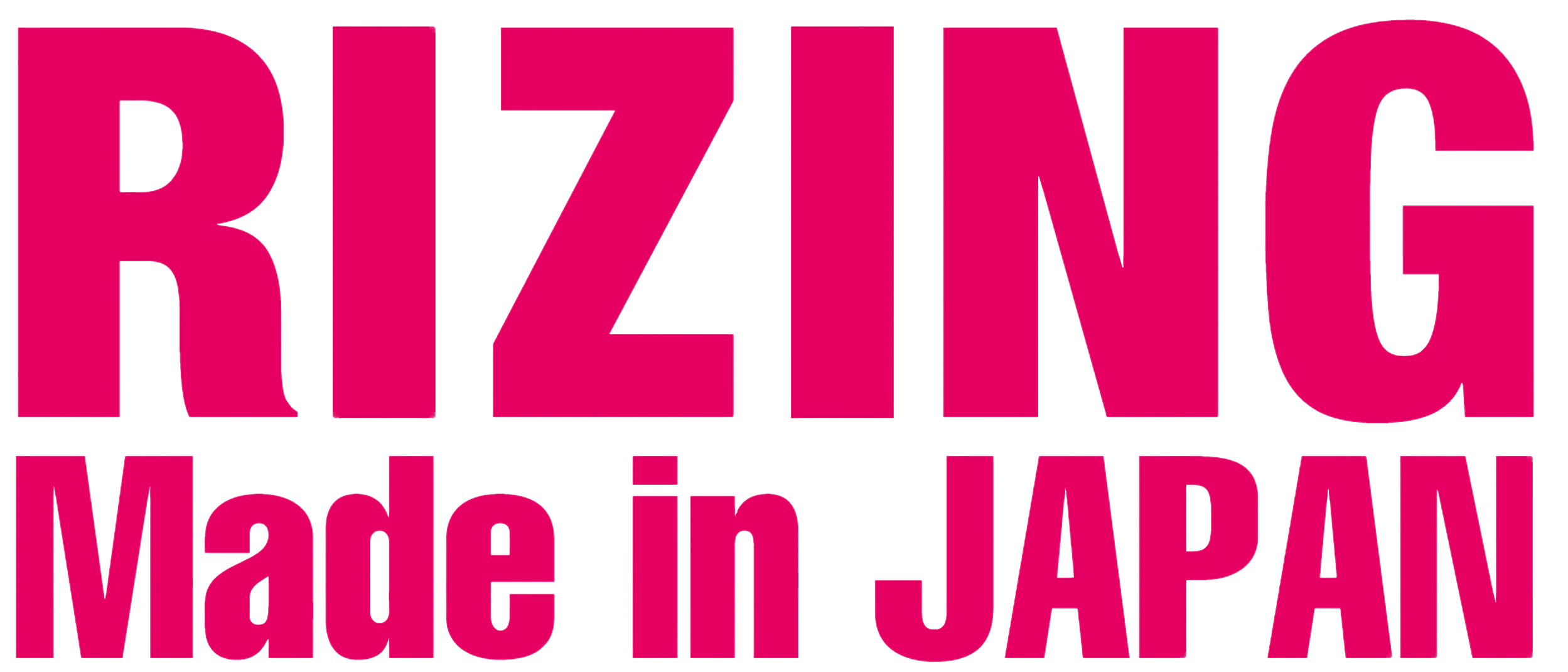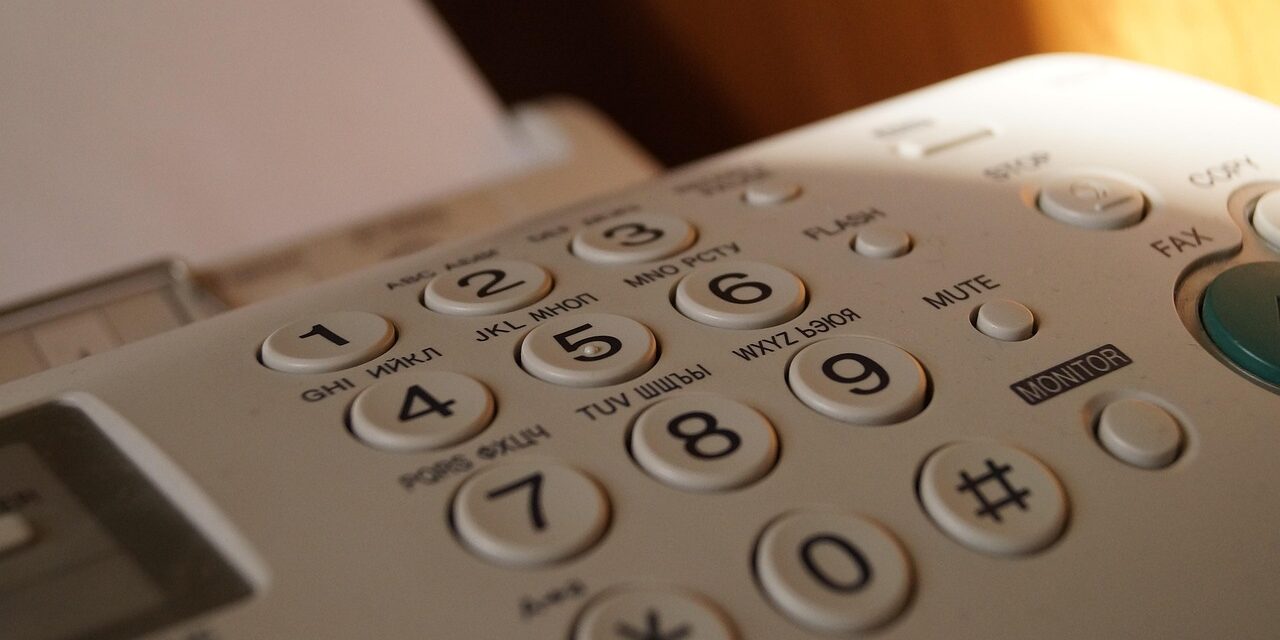The fax machine, a relic of the late twentieth century, has maintained a surprising degree of relevance in Japan, a country often characterized as technologically advanced. As of 2020, approximately 9.5 million fax machines still operated across various sectors in the nation, highlighting an enduring reliance on this technology. This essay explores the socio-cultural, historical, and economic factors contributing to the entrenched use of fax machines in Japan, underscoring the implications for communication practices and organizational efficiency.
Historically, the fax machine emerged as a revolutionary communication tool in the 1980s and 90s. At that time, Japan was experiencing rapid economic growth and globalization, which necessitated efficient methods for document transmission. The adoption rates of fax technology surged, peaking in the early 2000s when approximately 90% of Japanese businesses utilized fax machines for correspondence. This widespread acceptance was not merely a reflection of technological capacity; rather, it stemmed from ingrained business practices and cultural norms that favored formal communication.
Central to the continued prevalence of fax technology in Japan is the interplay between tradition and modernity. The Japanese business environment prioritizes formality and protocol, which are often embodied in the physical exchange of documents. For instance, businesses frequently require employees to submit signed contracts, legally binding agreements, and other correspondences on paper, thus reinforcing a culture where electronic means, such as emails or digital signatures, are viewed with skepticism. Surveys point to a cultural preference for physical documents, with over 60% of respondents in a 2019 study indicating that they still perceive faxing as a more reliable method of communication compared to emails. This preference is buttressed by the belief that faxed documents maintain a level of authenticity and authority that cannot be replicated through electronic communication.
Another layer of explanation resides in the Japanese legal framework and its influence on organizational practices. Unlike many Western countries, where digital signatures and electronic documentation are widely accepted under legal standards, Japan has only gradually begun to embrace these innovations. The Civil Code of Japan historically required handwritten signatures on important documents, making fax machines a pragmatic intermediary that provided the necessary documentation while adhering to legal requirements. This reliance on fax technology has been entrenched in corporate culture, resulting in systemic inertia that impedes the transition to newer communication technologies.
The economic implications of fax technology’s prevalence cannot be overlooked. As the economy transitioned towards digital-based solutions, businesses faced the challenge of reconciling operational efficiency with the high costs associated with faxing. The average cost of sending a fax in Japan can range from ¥200 ($1.80) to ¥500 ($4.50) per page, reflecting significant financial outlays for companies that sustain large volumes of fax communications. Nevertheless, organizations continue to justify this expenditure as a means of risk mitigation and smooth operational continuity.
Moreover, the role of fax technology during crises exemplifies its perceived reliability. For instance, during the COVID-19 pandemic, many organizations reverted to fax machines as a preferred method of communication when remote work disrupted conventional workflows. Reports suggested that related fax volumes spiked by as much as 30% during the pandemic, as companies sought to ensure flexibility and reliability in their communications amid uncertainty. This phenomenon illustrates not only the utility of fax technology in acute situations but also the adaptability of traditional practices in the face of modern challenges.
Despite its popularity, opinions on the future of fax machines in Japan remain mixed. While some experts advocate for a decisive shift towards digital communications, recognizing the potential for improved efficiency and environmental benefits, others caution against the erosion of established practices that underpin professional norms. The lack of a comprehensive regulatory framework for electronic documentation further complicates prospects for a successful transition, emphasizing the need for coherent policy responses aimed at fostering digital literacy and trust among businesses.
In conclusion, the continued use of fax machines in Japan is a multifaceted phenomenon driven by cultural, legal, and economic considerations. The interaction between traditional communication practices and modern technological advancements has cultivated an environment where fax machines remain a formidable presence. Understanding this enduring reliance presents a compelling case for revisiting communication strategies within organizations, alongside the need for systematic reforms that support the transition toward digitalization while honoring Japan’s distinct cultural landscape.

